New Paper Shows Invasive Species Removal is a Nature-Based Solution for Climate Resilience
Island Conservation and partners have published a new paper quantifying ecosystem resilience on restored islands!
Restoring islands for nature and people worldwide.
Published on
December 21, 2017
Written by
Emily Heber
Photo credit
Emily Heber
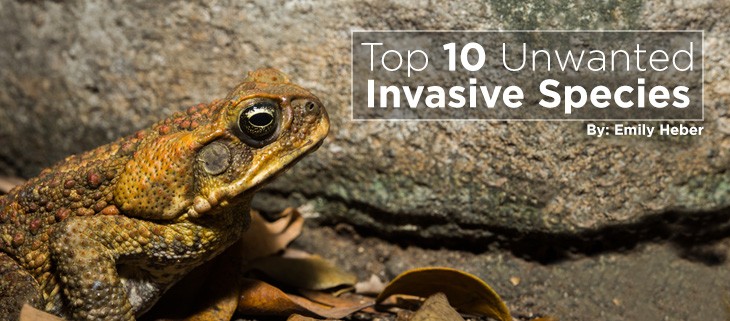
1. Yellow Crazy Ants
Yellow Crazy Ants, believed to be native to West Africa, have been dispersed by human transportation systems to remote islands around the world, where their unique adaptations put native species at risk. The Yellow Crazy Ant does not bite or sting, but instead secretes formic acid to subdue its prey. On Christmas Island in the Indian Ocean, Yellow Crazy Ants have created supercolonies and decimated the native Red Land Crab population. Researchers are concerned that endangered species such as the Abbott’s Booby (Sula abbotti) could be at risk of extinction on the island if the Crazy Ant population persists.
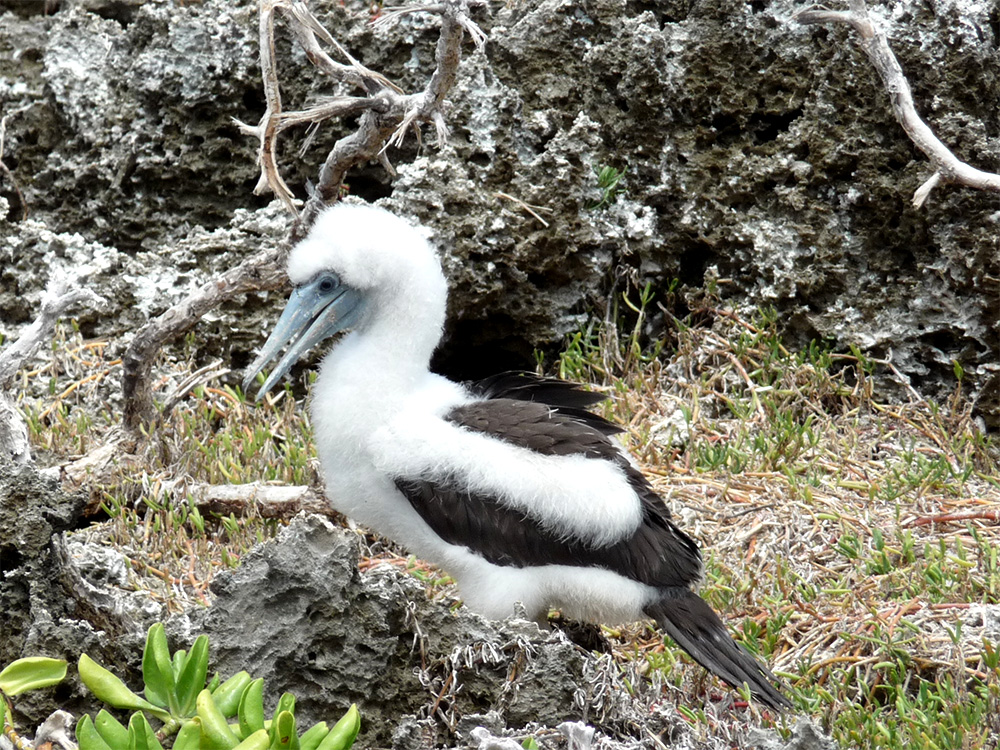
2. Brown Tree Snakes
The Brown Tree Snake was introduced to Guam shortly after World War II and since then has drastically altered the island ecosystem. Predation by this invasive snake has led to the local extinction of native lizards and six forest birds. Researchers are also concerned about cascading ecological effects leading to a decline in native plant species.
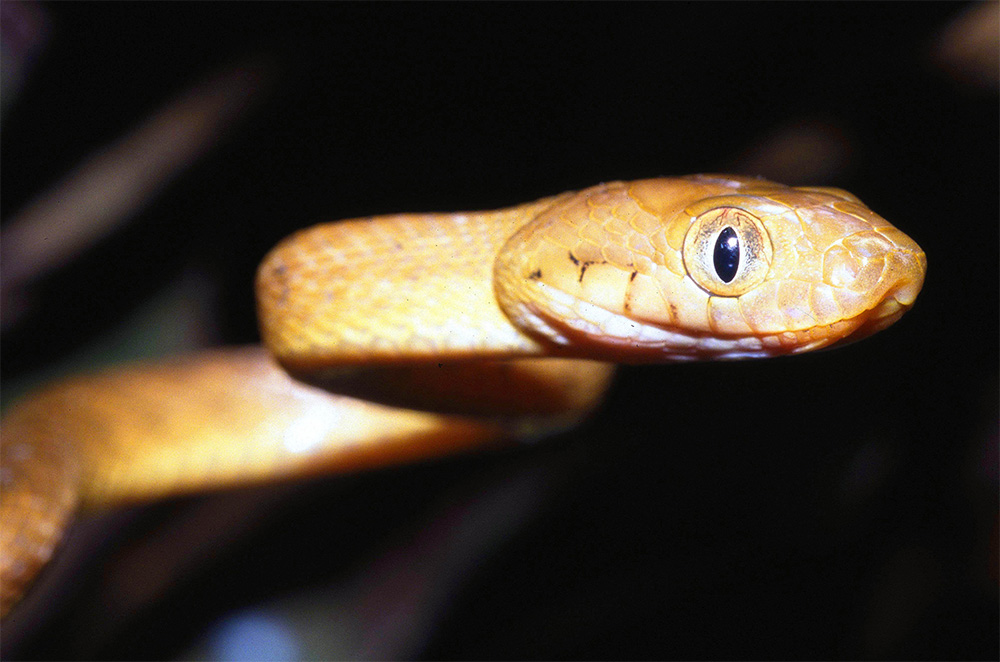
3. Feral Cats
The domestication of cats has dispersed felines around the world. Those that do not become pets end up in ecosystems where they interact with species that did not evolve to defend against these agile hunters. Feral cats are known to hunt not only for food but also for fun, which poses a problem for island birds and other native species that have evolved to nest on the ground. Feral cats also do considerable damage in our own backyards. Keeping your pets inside is the only way to ensure they will not harm or kill native wildlife. For cats that are allowed outdoors, spaying and neutering are strongly encouraged to prevent proliferation of feral cats in the wild.
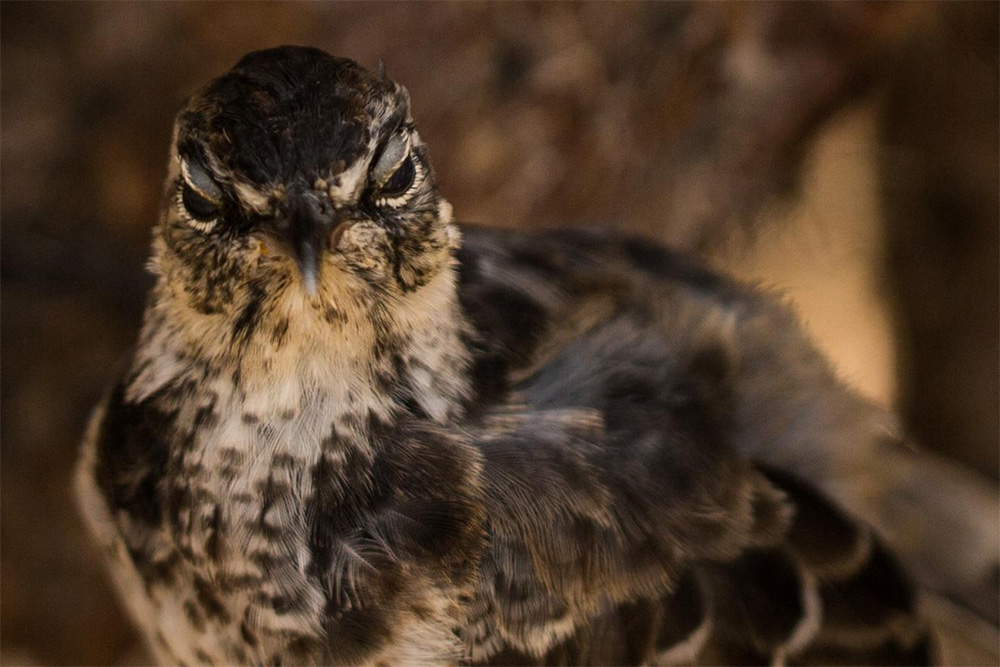
4. House Mice
Small and seemingly inconsequential at first glance, house mice are one of the greatest threats to island species around the world. Midway Atoll, an island chain in the Southwest Pacific, is home to one of the largest breeding colonies of Albatross in the world, but house mice threaten these species. Predation on eggs, chicks, and even adults has led to drastic declines in Black-footed Albatross and Short-tailed Albatross. The House Mouse is quick to adapt to new surroundings and environments, which makes it particularly adept as an introduced species and often leads to invasion.
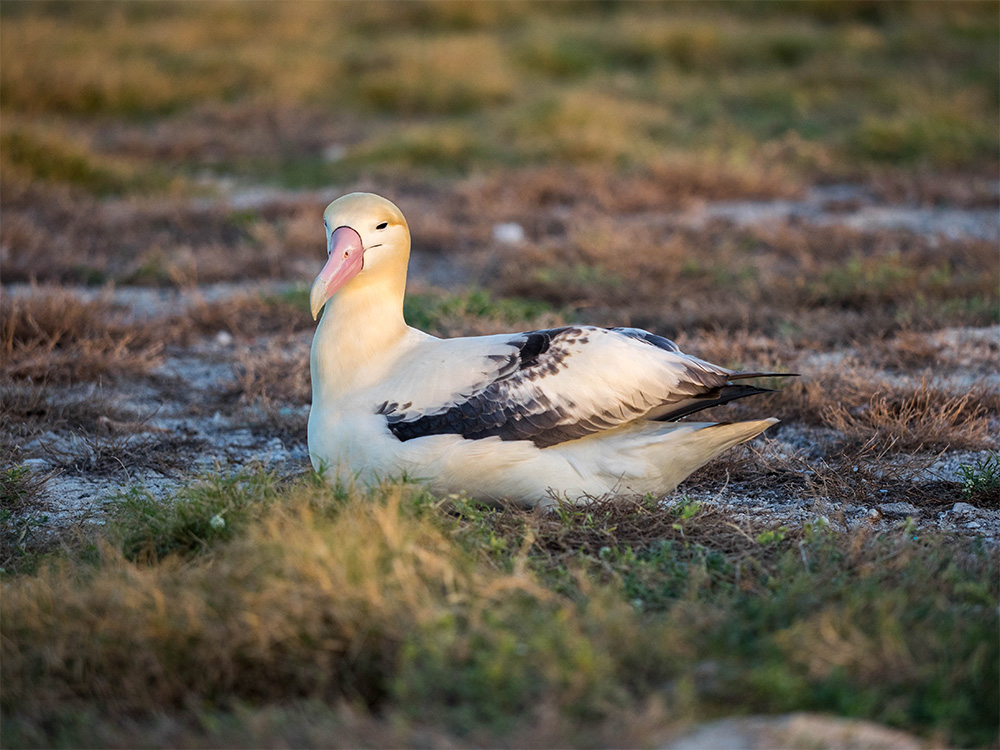
5. Rats
Rats are known for their ability to swim ashore to islands from ships, and when they’re not swimming onto shore, they’re simply walking onto the gangway and entering an ecosystem never designed to accommodate the voracious predator. The species is well known for its incredible adaptability and resourcefulness. On islands, invasive rats can and do lead to the catastrophic decline of native seabirds and other island wildlife.
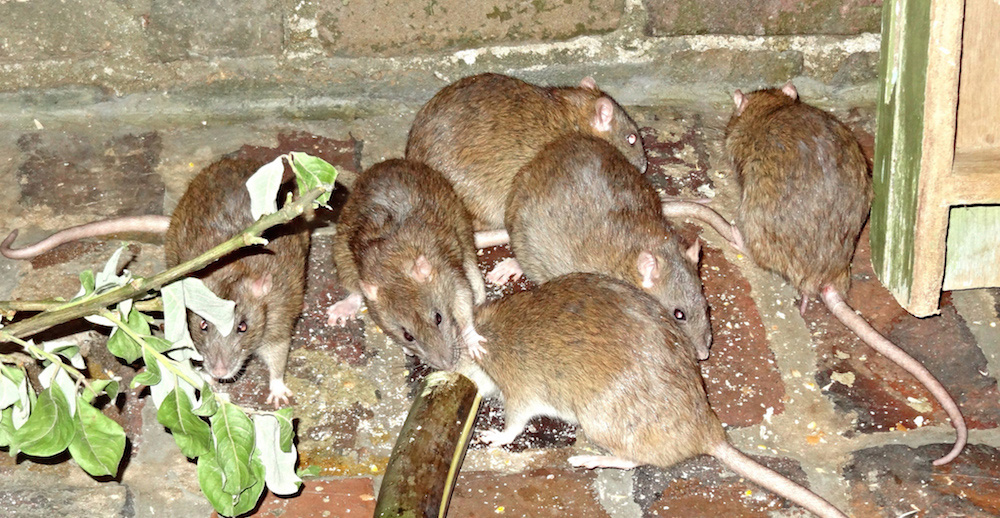
6. Lionfish
Lionfish are native to the South Pacific and Indian Oceans, but with their introduction into the waters of the Southeastern United States in the mid-1980s they have become one of the most harmful aquatic invasive species. Popular in the pet trade, they are found in home aquariums throughout the world. Release into the wild has had disastrous consequences for native marine species. Lionfish are known to eat over 50 different species of fish, including economically and ecologically important species. Now conservation efforts are under way and people are encouraged to fish and eat the species to suppress the invasive population.
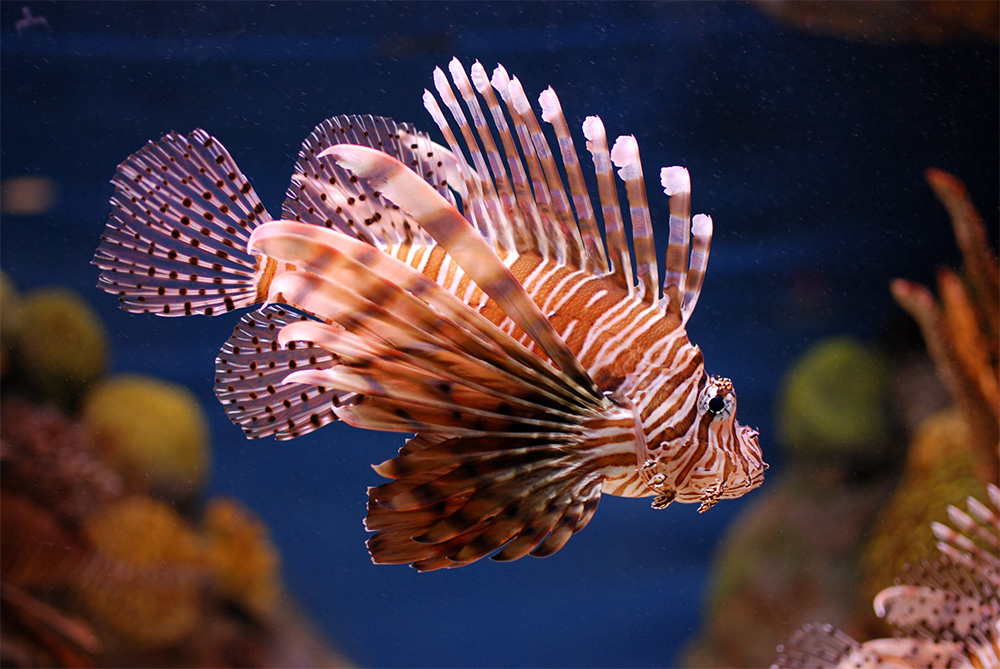
7. Macaques
Macaques are invasive on islands throughout Puerto Rico where wild, feral populations pose a threat to human health, livelihoods, and native species. Wild Macaques are known carriers of the Herpes B Virus and estimates suggest 70% of wild individuals carry the virus and have the potential for human transfer.
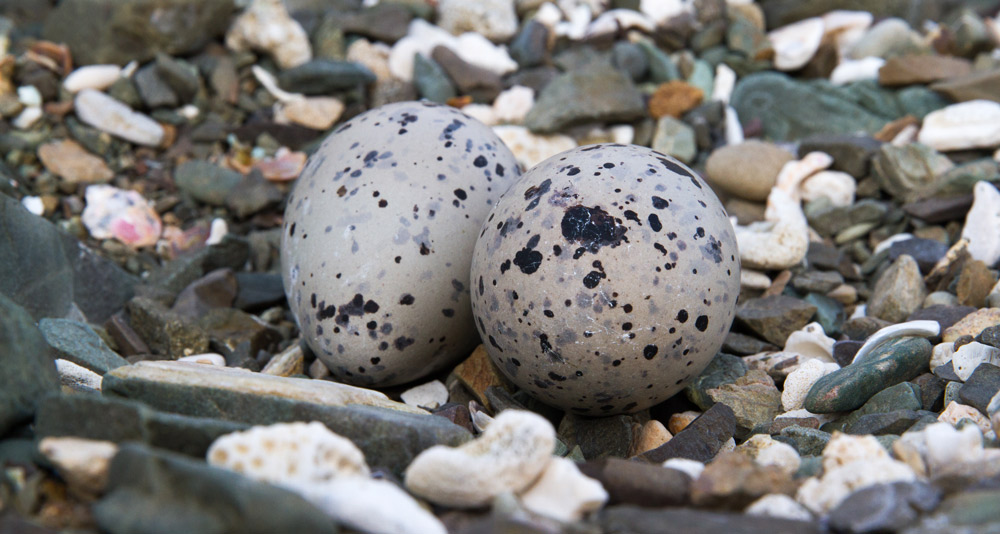
8. Cane Toads
Often intentionally introduced as a biological control agent, Cane Toads have become one of the most damaging invasive species in the world. Their toxic secretions make them unappealing to most predators and their rapid reproduction allows them to over-populate and out-compete native amphibians.
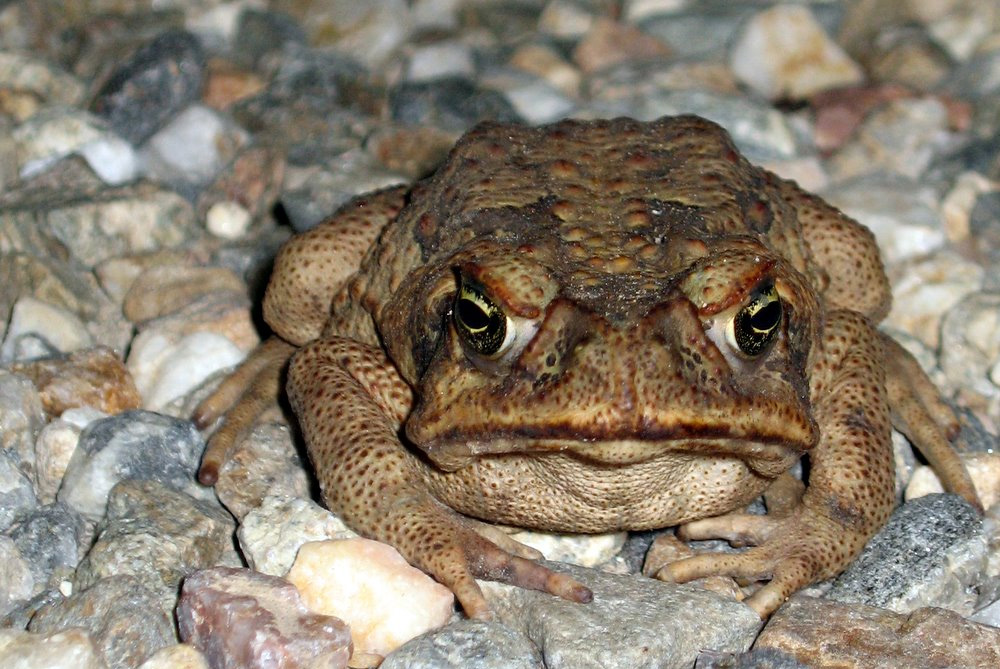
9. Goats
Goats are quick to adapt to new environments and can devour vegetation at alarming rates. When they make their way to sensitive ecosystems, they can easily alter plant communities and create niche space for hardier invasive plants to proliferate in. On islands, feral goats pose a particular threat to specially adapted native vegetation as well as other native herbivores that rely on this vegetation for food. In the case of Redonda island, invasive feral goats depleted all vegetation and began to starve as a result.
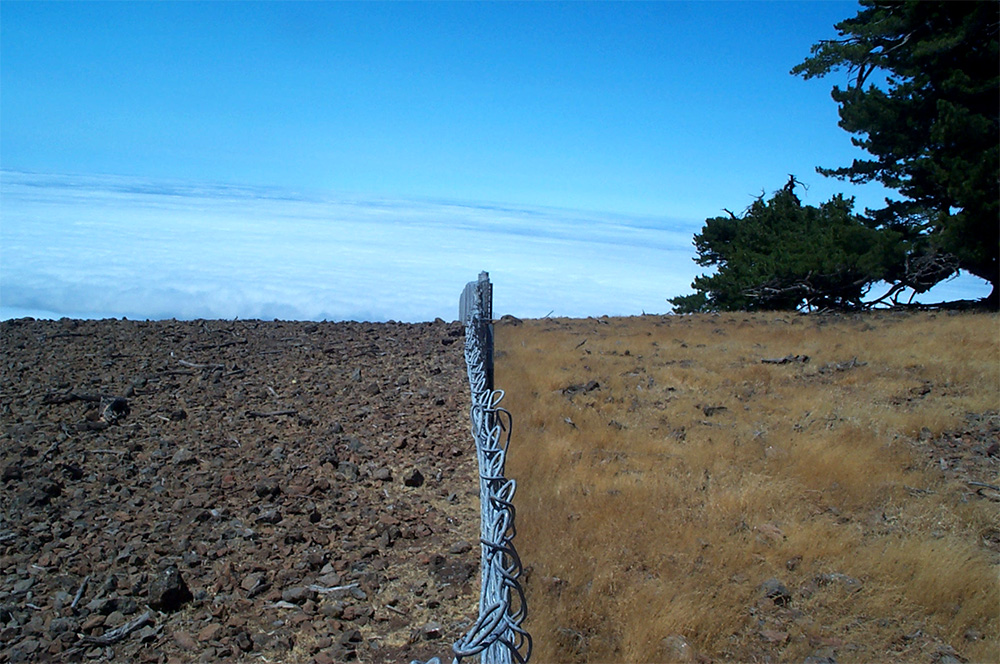
10. Mongoose
Mongoose were often introduced on islands as a biological control to mitigate the effects of invasive predators such as rats and snakes. Ultimately, this tactic proved disastrous. Mongoose have wiped out several species on islands around the world. Mongoose are also known carriers of human and animal diseases such as rabies.

Featured Photo: Invasive Cane Toad. Credit: Alex Slavenko
Sources:
National Oceanic and Atmospheric Administration
Wikipedia
IUCN Global Invasive Species Database
Environment.gov
Check out other journal entries we think you might be interested in.
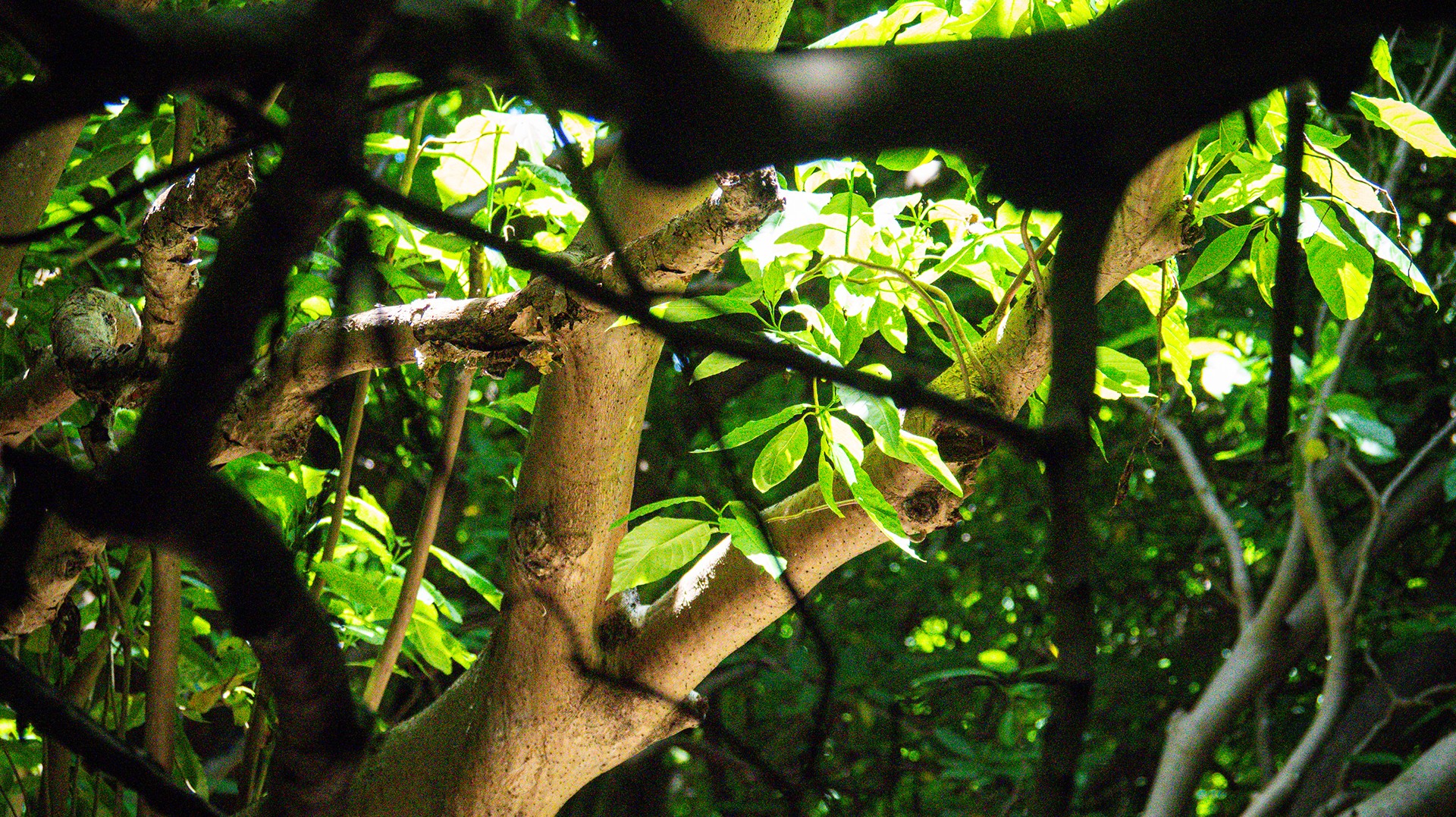
Island Conservation and partners have published a new paper quantifying ecosystem resilience on restored islands!
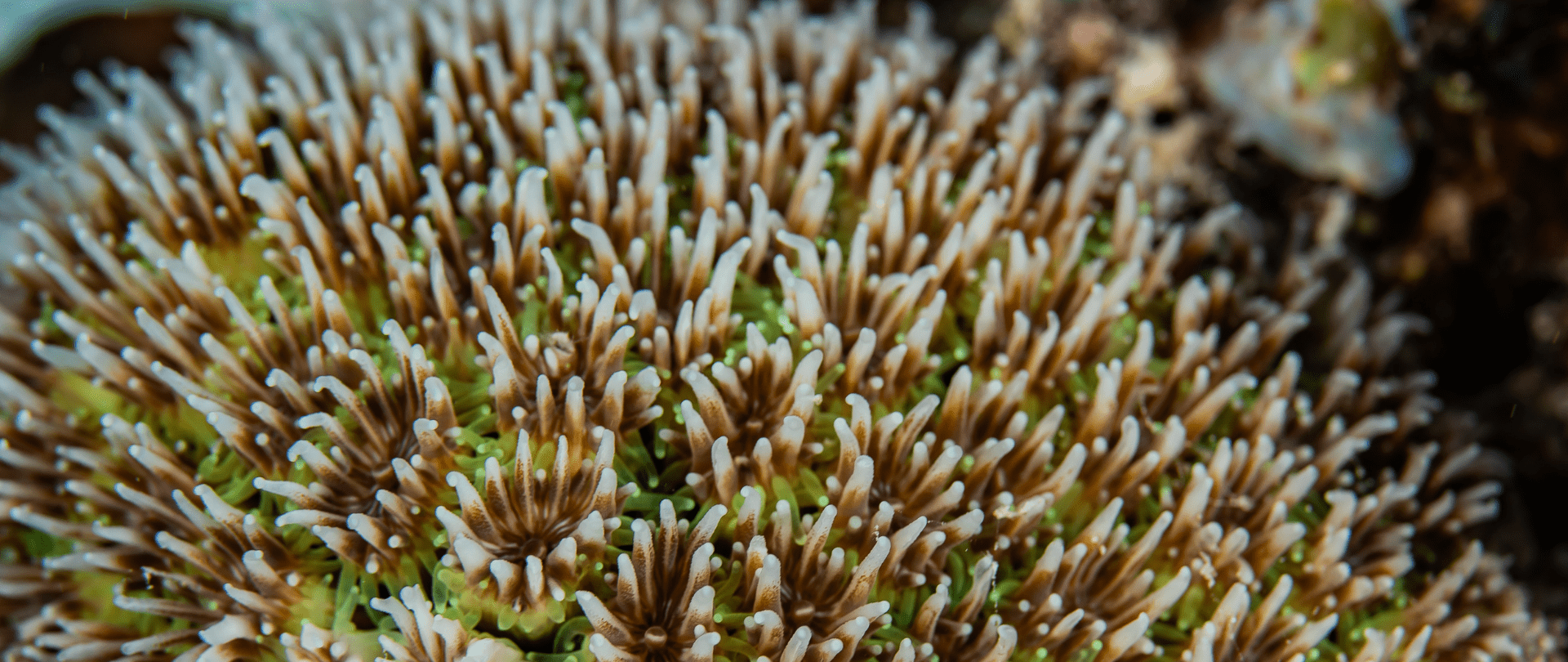
Climate Week NYC: what is it and why is it important? Read on to find out why Island Conservation is attending this amazing event!
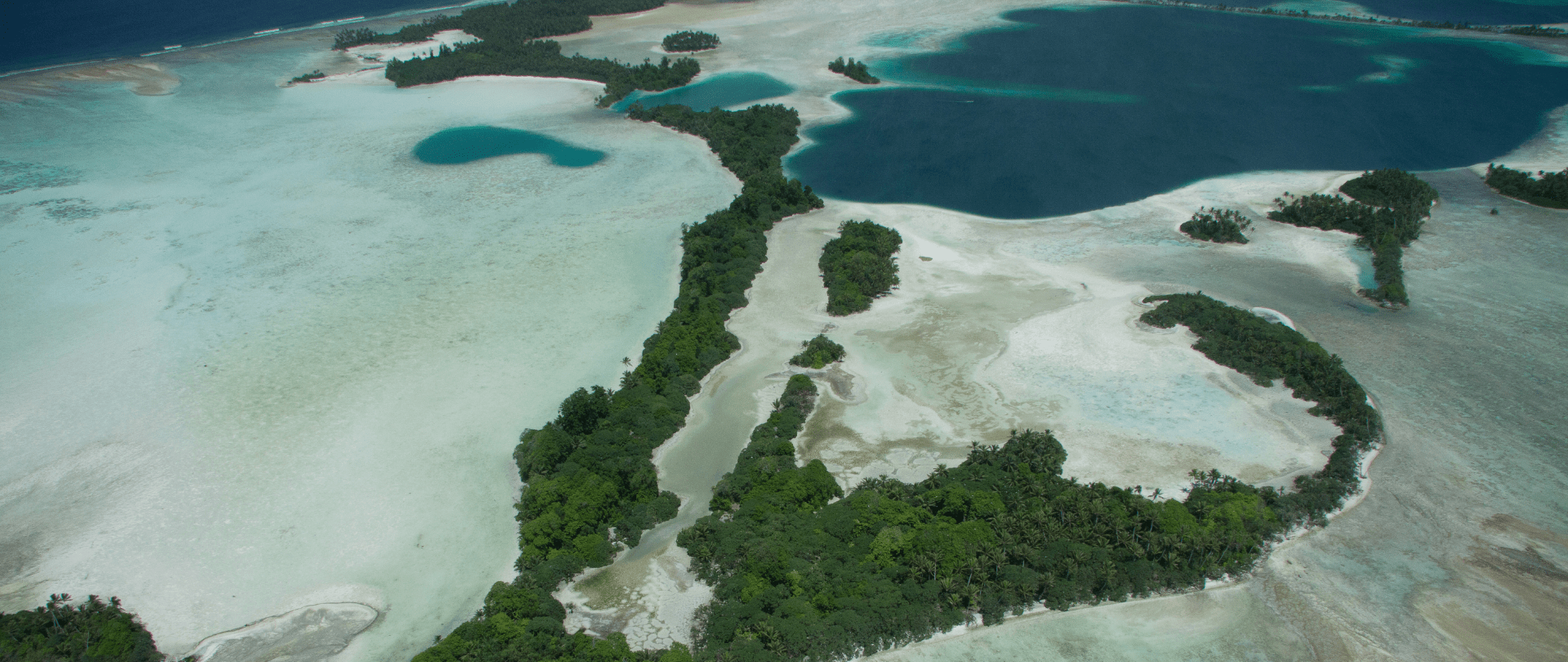
With sea levels on the rise, how are the coastlines of islands transforming? Read on to find out how dynamic islands really are!
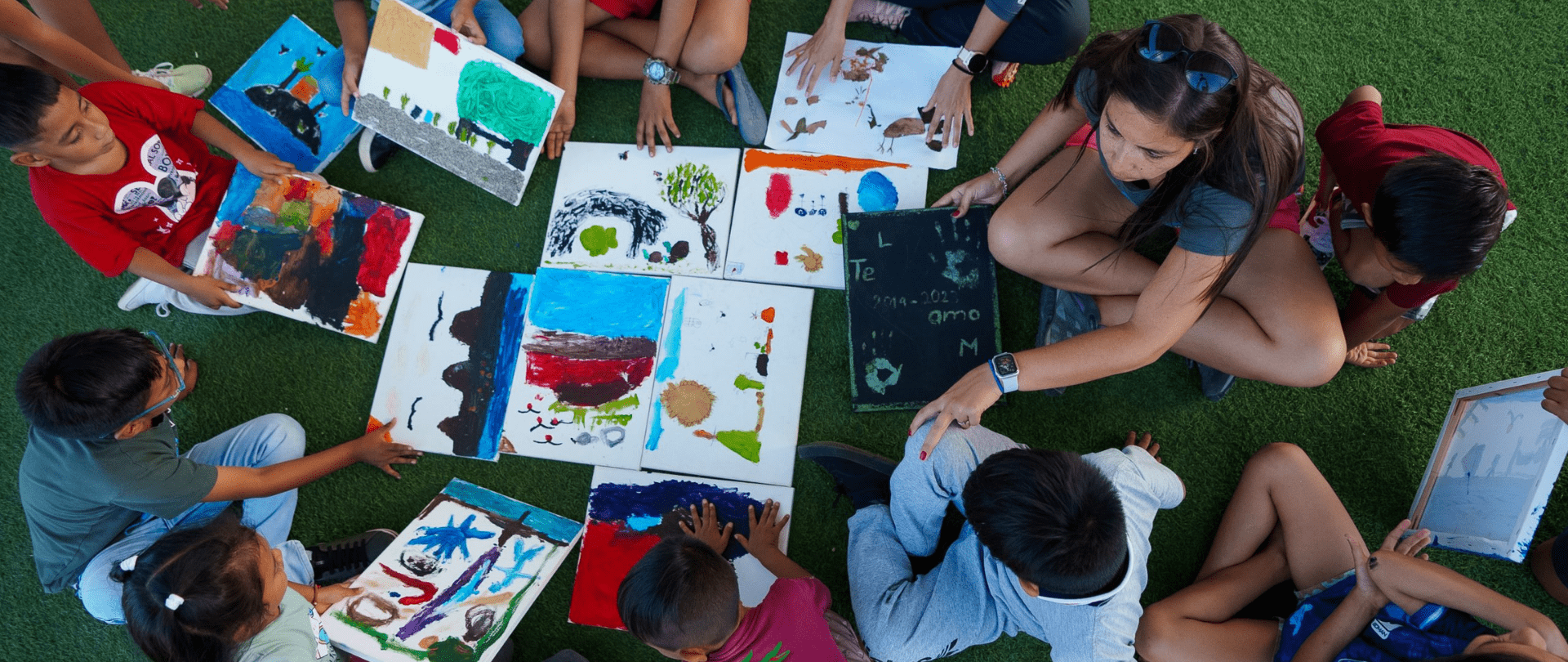
Join us in celebrating the most amazing sights from around the world by checking out these fantastic conservation photos!
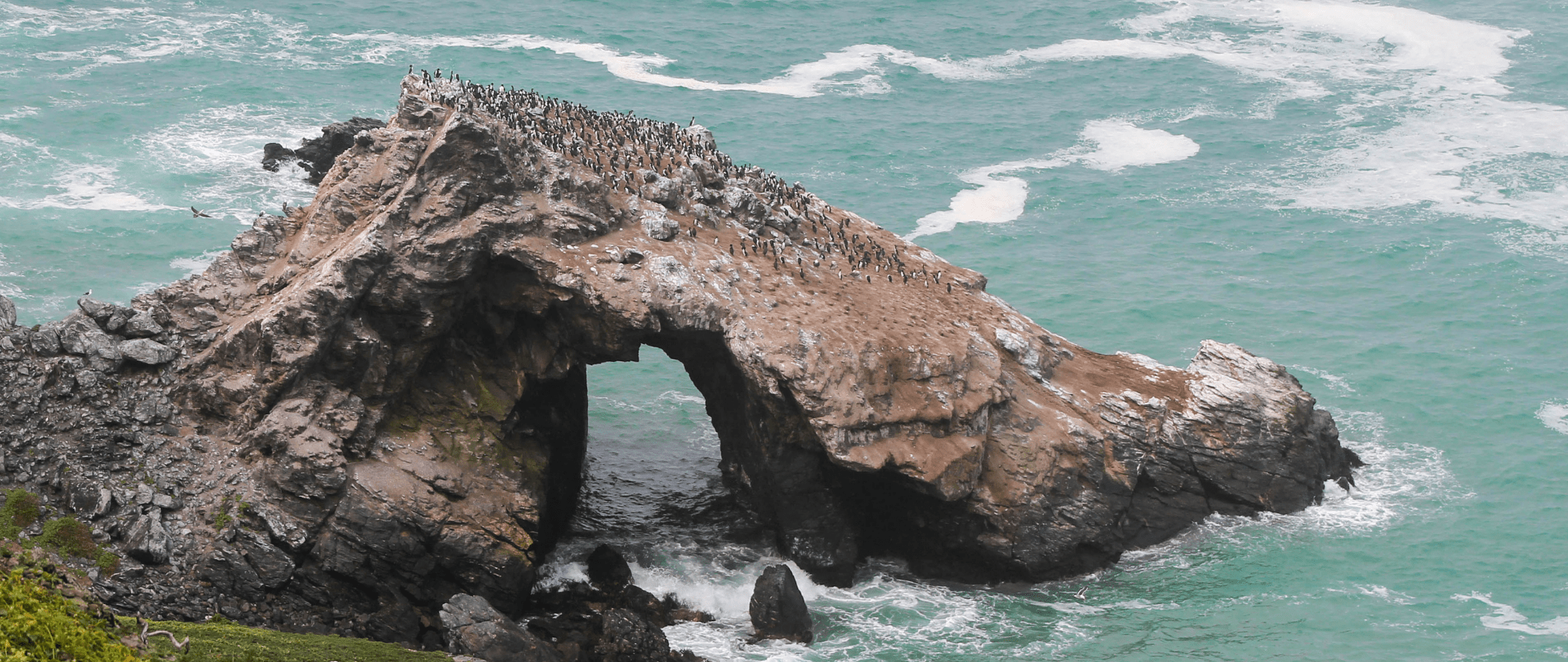
Rare will support the effort to restore island-ocean ecosystems by engaging the Coastal 500 network of local leaders in safeguarding biodiversity (Arlington, VA, USA) Today, international conservation organization Rare announced it has joined the Island-Ocean Connection Challenge (IOCC), a global effort to…
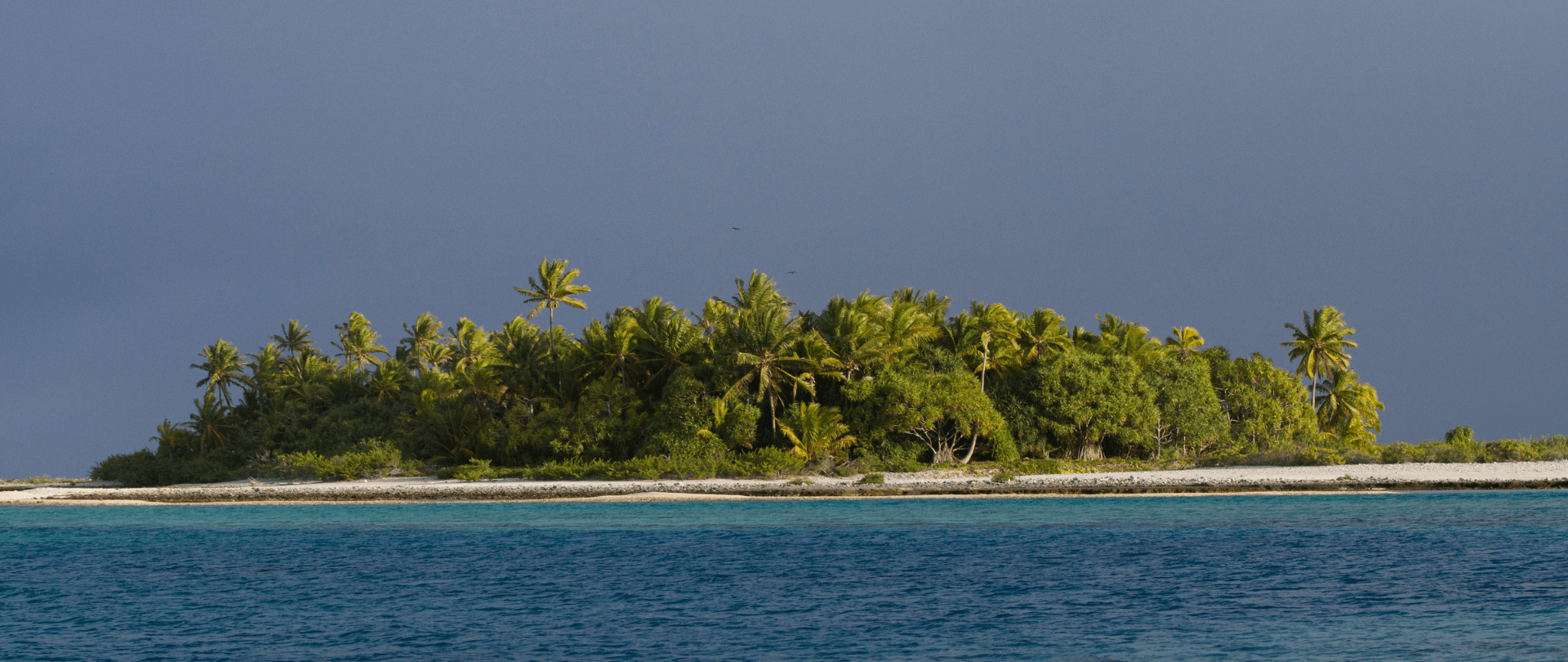
Island Conservation accepts cryptocurrency donations. Make an impact using your digital wallet today!
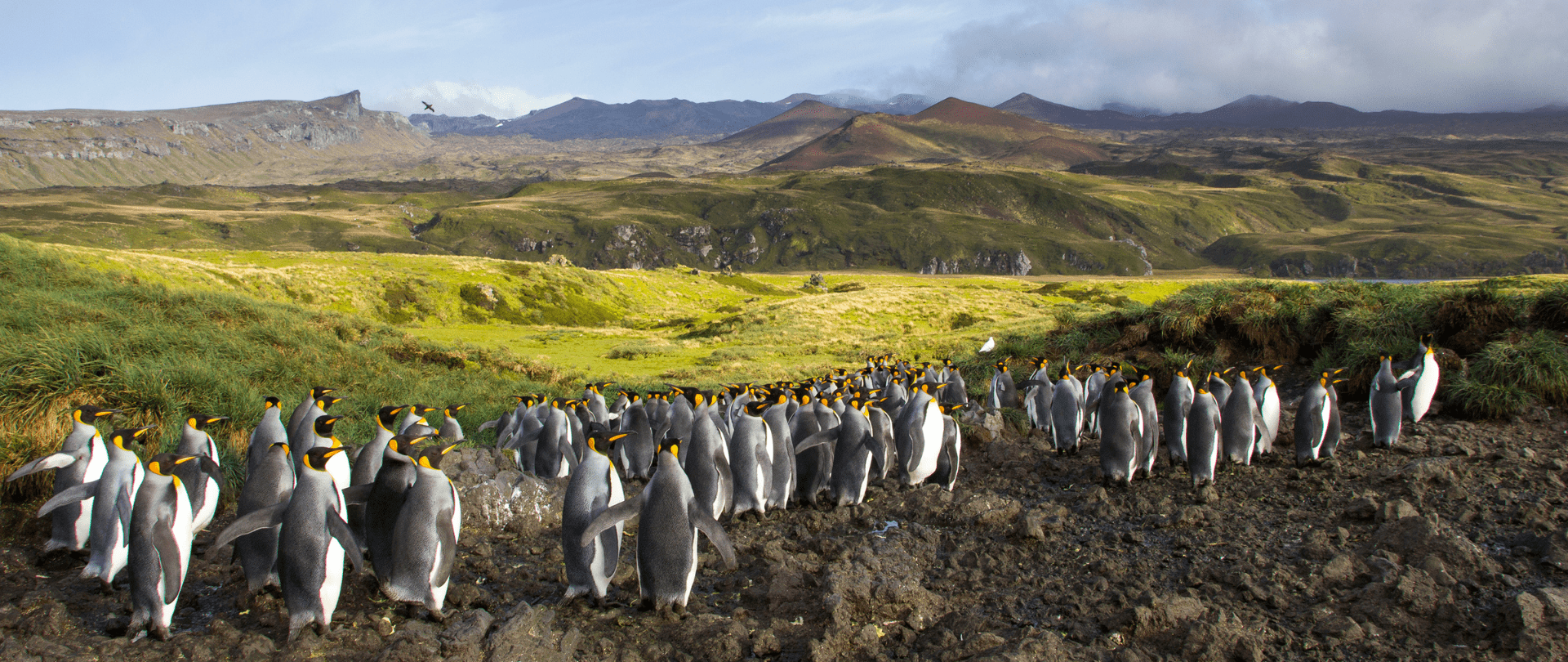
For Immediate Release Conservation powerhouse BirdLife South Africa has joined the Island-Ocean Connection Challenge (IOCC) – a global initiative aiming to restore, rewild and protect islands, oceans and communities – to support its work to save internationally significant albatross populations…
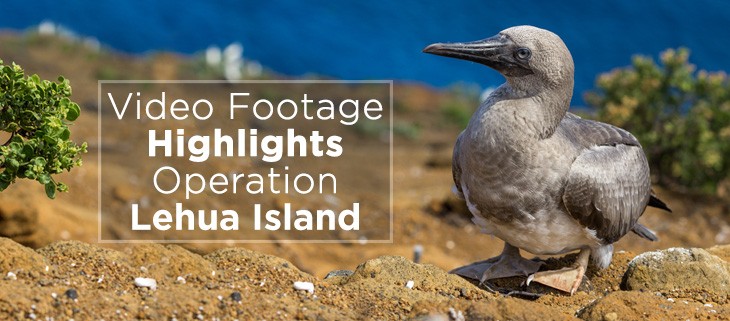
Video captures insights and hopes from the partners who are working to restore Lehua Island, Hawai’i. In 2021, Lehua Island officially became free from the threat of invasive rodents. This is a huge accomplishment that has enriched the region’s biodiversity…
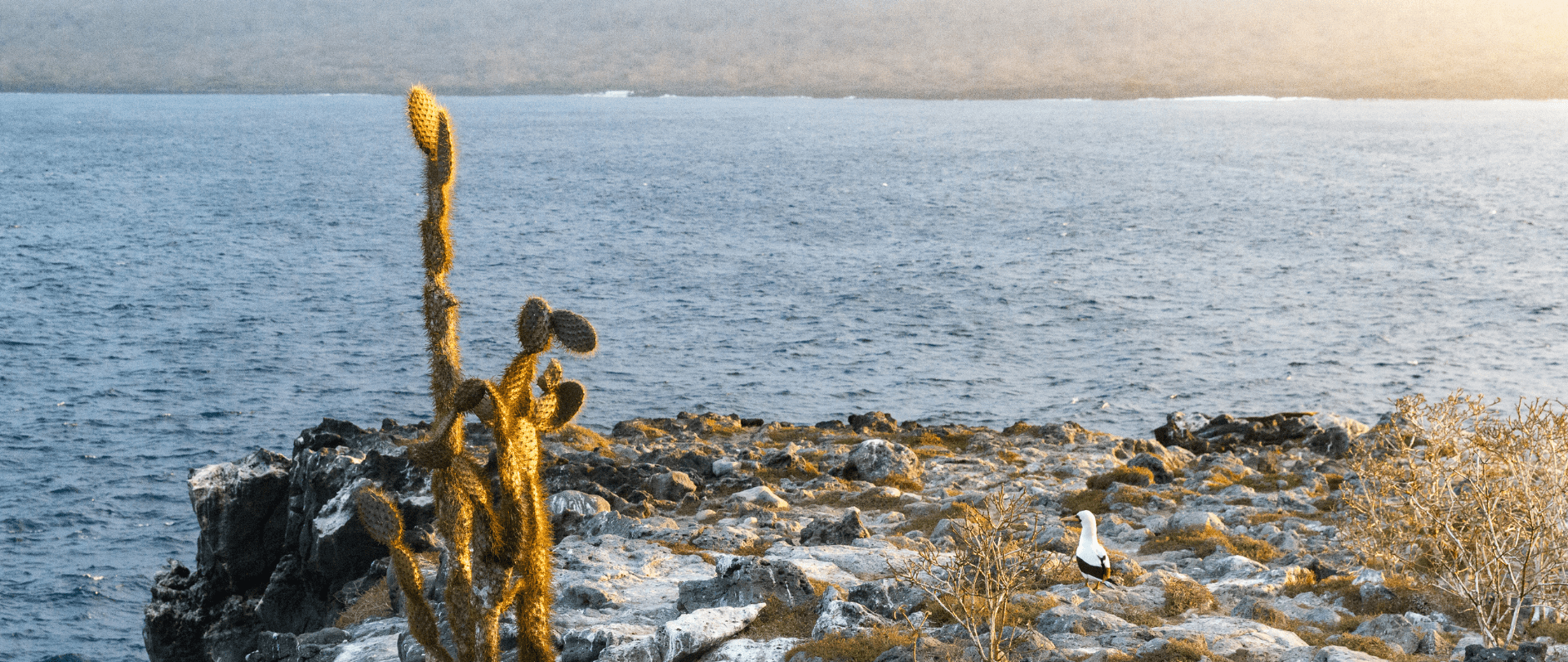
Carolina Torres describes how the project to restore and rewild Floreana Island signals hope for a future where people and nature can thrive together in the Galápagos.
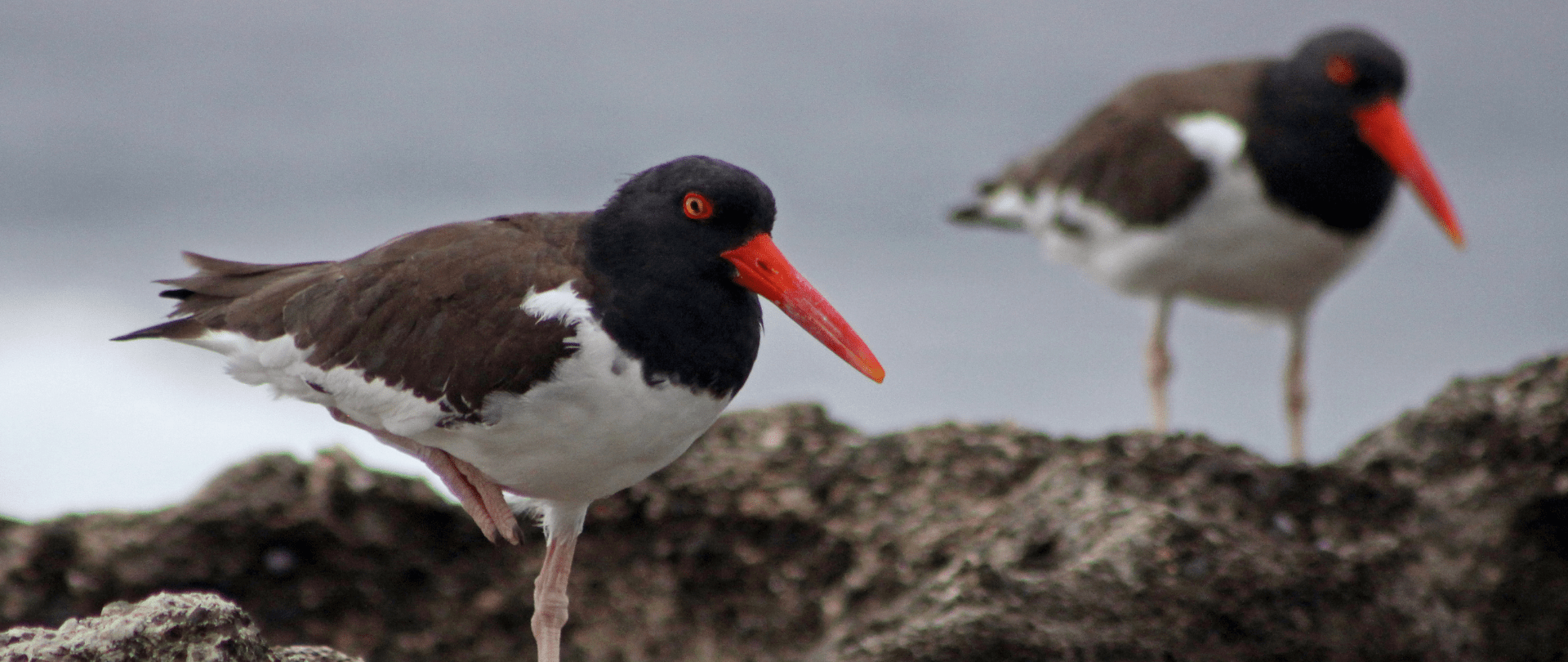
A new plan to restore seabird habitats in areas affected by the Deepwater Horizon disaster includes invasive species removal.